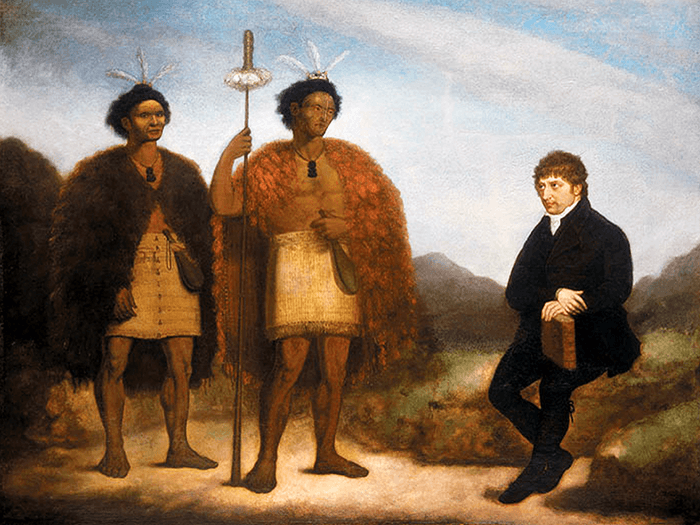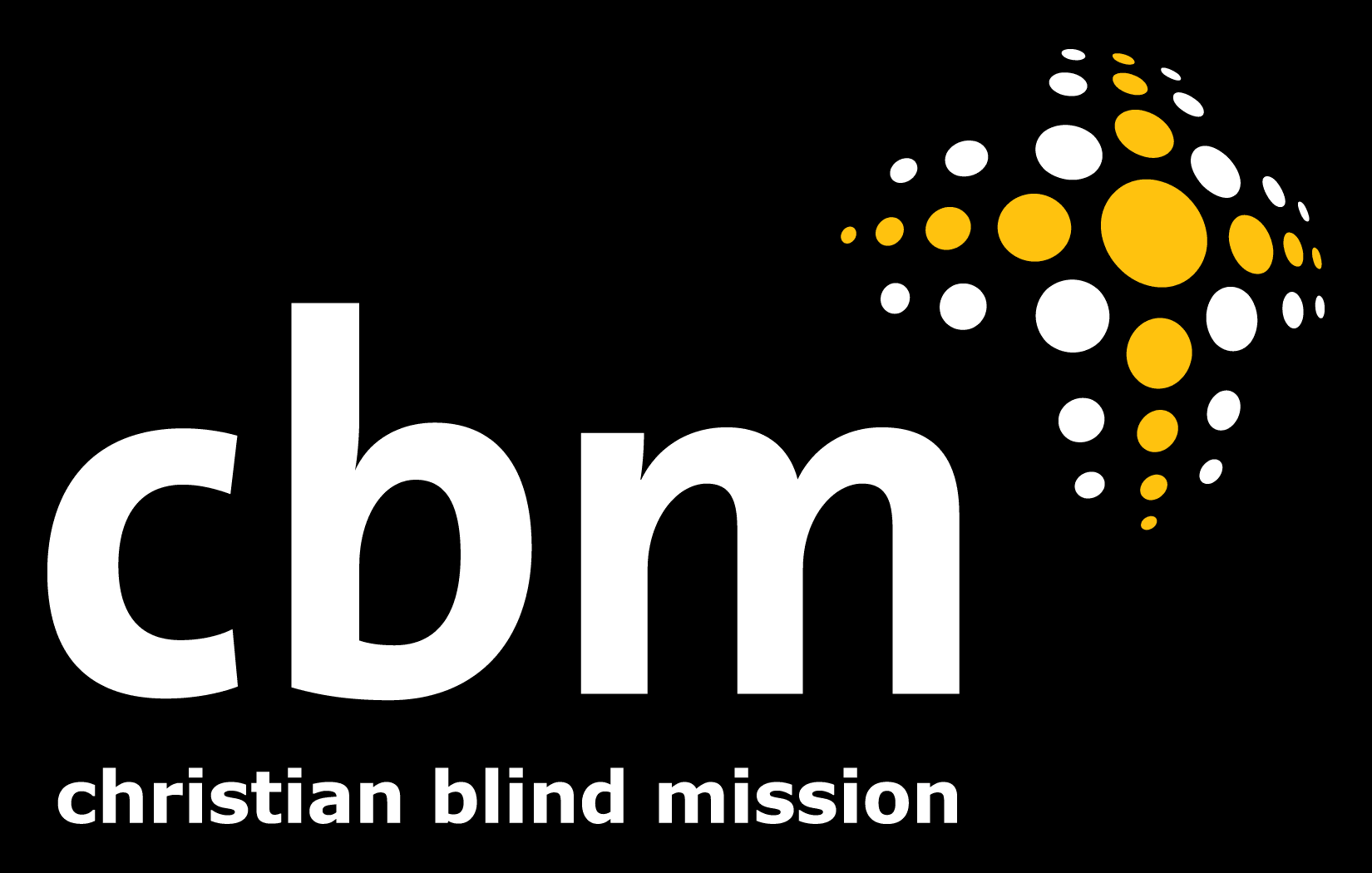NZACS History
When Samuel Marsden set foot on NZ, he came with an inheritance of a civilisation which had been converted centuries before from a pagan awareness of the spiritual to an understanding of things from a more or less Christian perspective.

In Europe Christians had been educating their children in a Christian context for many centuries. Marsden presented the gospel to NZ Maori who saw this as the way to at last know the Almighty. They converted to Christianity by the thousand. Marsden established about 50 village schools to teach how to read and write English and to read the Word of God. Thus the first schooling in NZ was Christian.
Later half of the 19th Century
Many of the early settlers were devoutly Christian with Christian ideals, coming to NZ for religious freedom. They saw NZ as an opportunity to freely live the whole of life (including their community institutions) for God. However others had other goals and disregarded the rights of the Maori. A crucial point for many came when Christians had to decide whether to stand with their Maori brothers or their fellow British over issues such as land confiscation. Unfortunately they mostly chose the latter. (As you can imagine, many of future generations of Maori turned away from Christ.)
When the settlers came they began to educate their children as they knew how. In Dunedin and Christchurch in particular this was in line with their Christian reasons to be in NZ. Most subscribed to a general Christian view of the world. Christian schools were initially the only schools in NZ. They were denominationally based.
In the later part of the century came the move to state education. When given the opportunity, Christians seemed unable to work together. Most communities did not warrant a Catholic school, an Anglican school, and a Presbyterian school. And where would the Lutherans, Baptists, Methodists, Congregationals and others send their children? The worldwide move to have state provided schooling came to NZ. Despite protests from some forward thinking Christian leaders, government schools provided schooling available to all children. These schools would teach the curriculum except biblical doctrine. Hence they were called ‘secular’. The teachers were ‘Christians’ – they had to attend church. The Bible could be read without comment. Denominational teachers had access to teach Christianity at set times – hence ‘Bible in schools’. Thus began the separation of Christianity from all of life.
First half of the 20th Century
The most established existing Christian schools continued. But with the secularisation of education in general the curriculum began to become secular in these schools too. Their distinctives began to be that they were run by the church, they had chapel and some Christian lessons and they became elitist with high fees, or with lower fees got run down as was the case with many of the Catholic schools.
Most Bible believing Christians, having accepted the state education system in previous generations, neglected to think about its implications for their children. The fundamentalist movement caused them to see their Christianity as applying to only some aspects of life. The sacred-secular dichotomy became entrenched. The community in general began to see Christianity as irrelevant to most of life.
A notable exception to the rule was the Adventist church, which as early as the first decade of the century were establishing schools for their children.
Latter half of the 20th Century
The advent of Christian Dutch immigrants, whose homeland had not secularised education to the same degree, brought a challenge and the beginning of an awareness to some evangelical Christians that they had neglected the education of their children. The first of a new breed of Christian schools was begun by a group of concerned evangelicals and people with a Reformed tradition in Christchurch in 1964. This was Middleton Grange School. Its motto, ‘In Thy light we see Light’ encapsulated their idea to once again view all of education in the light of the Word of God. Two other schools began in the 60s.
In 1976, Rob Wheeler, a leader of the now called New Life stream of Pentecostal churches had observed Accelerated Christian Education schools in USA, and saw this as a way to re-establish Christian schooling in NZ as a means to protect their children from rampant humanism in state schools. He and Dr Donald Howard the founder of ACE toured NZ to encourage the idea. In the late 70s about 20 schools using ACE were set up by local churches around NZ. Most of these schools are still going and have grown in size. Some do not now use the ACE curriculum as their main tool of instruction, while some other schools have found ACE material to be an excellent tool to achieve their purposes.
Associations set up by Dutch Reformed believers have established and run various schools around the country. Their well thought through philosophy has been a source of wisdom for others in the Christian school movement.
In the last 25 years many more schools have been established so that now there are nearly 90 schools in NZ with a Biblical Christian distinctive. In these schools there are over 13000 students. Added to this, there are an estimated 4000 children being home schooled for Christian reasons.
The 90s also saw the opportunity to establish Christian teacher education establishments. Two began in 1993, namely MASTERS Institute which is now based in Henderson in Auckland as the school of Education of Laidlaw College, and Bethlehem Tertiary Institute in Tauranga.
The 90s also saw the move by about half of the Christian schools in NZ to become integrated with the state. Thus these schools became state schools with a special clearly defined Christian character. (This integration agreement is established with the ‘crown’ not the government of the day.) This move caused some tension within the movement given that it was birthed out of a move away from the state system.
A feature of many of these schools is that they are not denominational schools – they have no special connection with any particular church, but schools with a clearly defined Biblical Christian character.
The NZ Association for Christian Schools
In 1977, after a number of meetings of a number of groups interested in the operation and establishment of Christian schools in NZ, the NZ Association for Christian Schools was established. Its purpose was to encourage assist and advise those involved in the establishment and work of schools with a clear understanding of the scriptural basis of the educational task. Some key persons involved in its leadership as chairperson of the association have been Marty Heaslip, particularly in the early days and the 80s, Bev Norsworthy, particularly through the later 80s and 90s, and Graham Preston, particularly in the later 90s.
Currently over 65 schools are full members of the Association. There are about 13,000 students in these Christian schools and over 1,000 teaching staff. A contributing factor to the growth of Christian schools is the networking and professional development services provided by this association.
The Christian school movement in NZ is continuing to grow significantly in the 21st Century and will play a vital role in the health and success of this nation.








